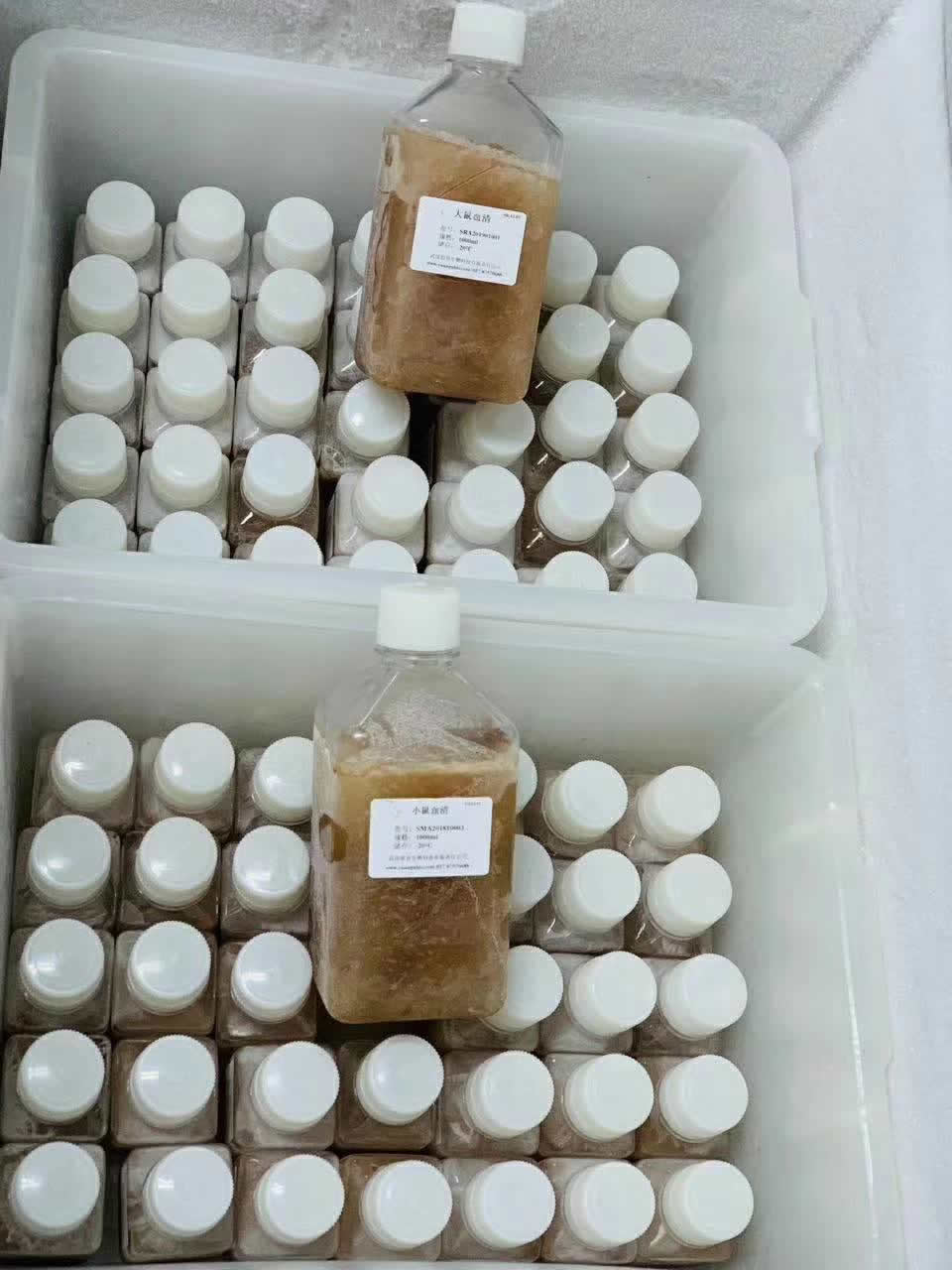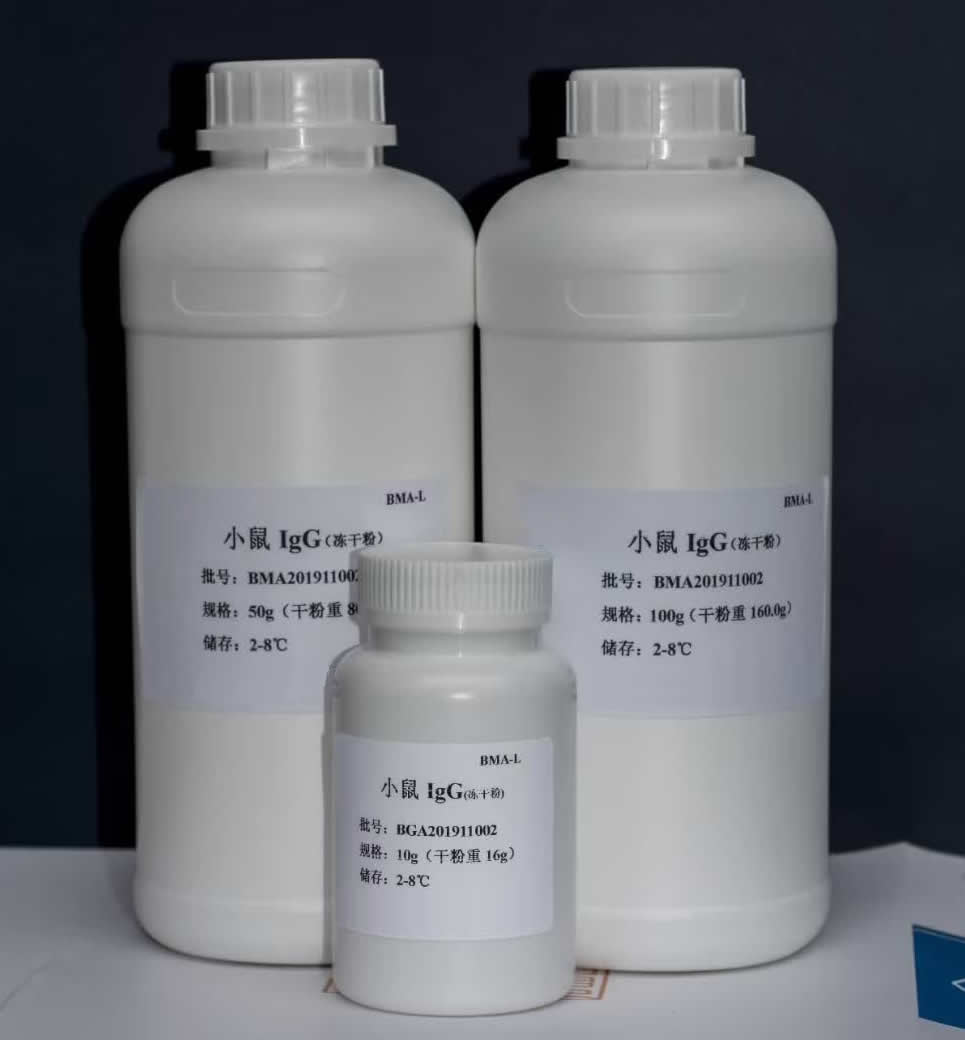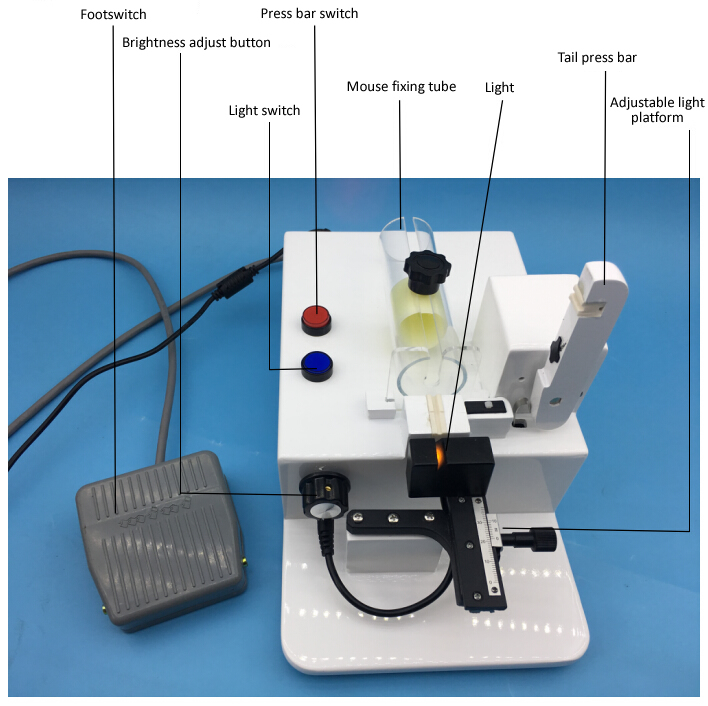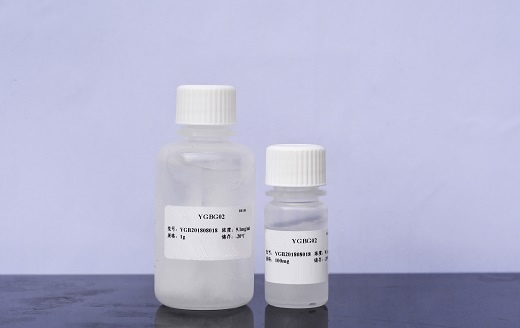
Interfering substances such as Heterophil Antibody (HA) and human anti-animal IgG (HAAA) have substantial interference on immunodiagnostic reagents’ outcomes. We have actually done several sorts of research on immunoassay blocking agents, from immunoglobulin subtypes, different fragments to monomer, polymer polymerization degree, as well as other blocking effects on interfering substances. There is no perfect single component for immunoassay blocking agents, and just the multi-component combination can be perfect.
Immunoassay blockers
Mouse mAb(McAb)-Mouse mAb(McAb)
Mouse serum, mouse IgG
Goat PcAb-Mouse mAb(McAb)
Goat IgG
Mouse mAb(McAb)-Rabbit PcAb
Rabbit IgG
mAb(McAb)=monoclonal Antibody
PcAb=Polyclonal AntiBody
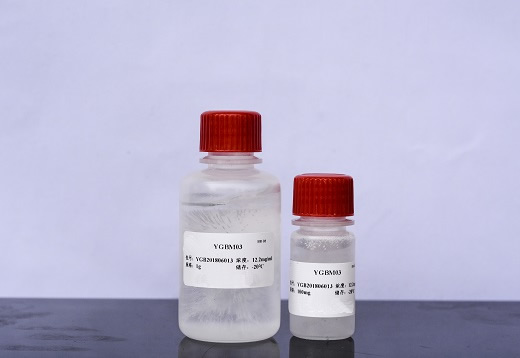
Active immunoassay blocker
A type of immunoassay reagent has a high affinity for interfering antibodies. After binding with interference antibody, the binding of interference antibody with detection antibody or capture antibody can be blocked by steric hindrance effect.
Passive immunoassay blocking agent
Generally, it is normal animal serum or IgG. The interfering antibody will preferentially bind to the blocking agent instead of the detection antibody or capture antibody to reduce the interference by adding high concentration.
Special blocking agent for IgM detection
Removing RF factor and IgG from human blood samples before detection can significantly improve IgM detection’s sensitivity and specificity.
Crosslinking blocking agent
Through the chemical crosslinking method, the monomer molecules are transformed into polymers, and the steric hindrance effect is used to improve the blocking result.
Features of blocking agents
- Effectively reduce the interference of HA, HAMA, and RF factors
- Low concentration, high efficiency, does not affect the reaction curve and typical sample test results
- The purified product can be directly added to the label solution and sample diluent
- High precision and stable quality
- Provide the most suitable formula for different products
How to use the immunoassay blockers
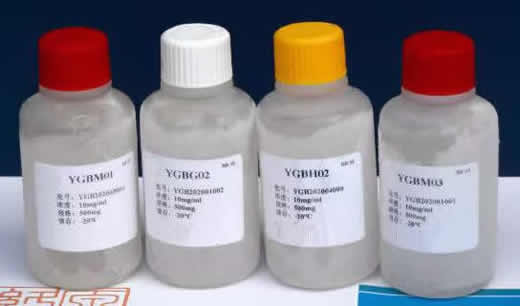
- The concentration range of the blocker is 50 μ G-500 μ g / ml. The final working concentration should be determined by gradient experiment. It is suggested that the first concentration should start from a higher concentration. Then the concentration should be diluted to a lower concentration to choose a more suitable and economical concentration.
- It is recommended to add the kit to the treatment solution of marker pad or sample pad. We can add enzyme immunoassay kit or chemiluminescence kit to magnetic bead solution or enzyme-labeled solution. Immunoturbidimetric products are recommended to be added to the R1 working solution.
- If conditions permit, we suggest that you test each blocker to find the most suitable product for you. Due to the diversity of detection targets and systems, when the effect of a single blocker can not fully meet your requirements, it is recommended that customers use it in combination. Experimental results show that collaborative combination can achieve better results.
- No blocker is suitable for all immunoassays. We can provide a formula optimization service for your detection system.
Endogenous interference in immunoassay
Any immunoassay method may receive false positive or false negative results due to exogenous or endogenous interference. Endogenous interference is often caused by the antibody’s reaction in the immunoassay reagent and the endogenous substance in the sample. Eliminating interference is an essential task in the development of immunoassay products.
The most common endogenous interfering substances
Rheumatoid factor(RF)
- Autoantibodies targeting deformed IgG.
- IgM, IgA, IgG, IgD, IgE five types, 68% – 80% is IgM type.
- It is easy to combine with human and animal denatured IgG or IgG in the immune complex.
Heterophilic antibody(HA)
- It can react with many kinds of animal immunoglobulins with low specificity and affinity.
- The degree and frequency of heterophilic antibody interference are related to its concentration, affinity, and detection system.
Human anti animal antibody(HAAA)
- Anti animal protein antibodies are caused by unitary and non-iatrogenic, and the most common one is the human anti-mouse antibody HAMA.
- Different species’ HAAA cross each other.
- Specific for antigen, strong affinity.
Vulnerable detection systems
- Immunosuppressive competition method.
- Immunoturbidimetry method.
The principle of endogenous interference
When the target antigen combines with the capture antibody and detection antibody, a signal is generated. The signal intensity is proportional to the concentration of the target antigen in the sample.
When the negative sample does not interfere, the unbound test antibody will be washed away, and there will be no false-positive results.
The interference antibody detects and captures antibodies, making the detection antibody bind to the solid phase without the target antigen’s existence and cannot be washed away, resulting in false-positive results.
Immunosuppressive competition method
The targeting antibody competes with the detection antibody to capture the antigen and generate the signal. The signal intensity is inversely proportional to the concentration of the target antibody in the sample. When the negative model does not interfere, the detection antibody binds to the capture antigen and does not produce false-positive results.
Interference antibody and detection antibody binding prevent it from binding with capture antigen and being washed away, signal weakening or no signal, resulting in false-positive results.
Solutions to endogenous interference
- Add immune blocking agent
- Species of antibody for replacement of raw materials
- Modify the detection antibody or capture antibody
- Remove the immunoglobulin from the sample
The simplest and most effective method is to add an immune blocking agent in the detection system to directly block the binding of interfering substances with antibodies or antigens in the detection system.
How to determine the existence of endogenous interference
- The sample is diluted in multiple ratios and then detected. If the measured value is nonlinear, it indicates that there may be interference
- The same sample is detected by different methods. If the results are very different, there may be interference
- Remove the target analyte in the sample by affinity chromatography and then detect it. If the detection signal does not disappear, it indicates that there is interference

